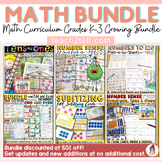Kindergarten math laboratories for Microsoft Word and for homeschool
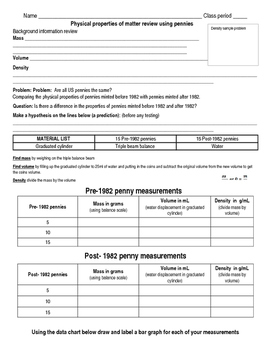
Physical properties of matter review using pennies Mass, Volume, and Density Lab

Solving Systems of Equations by Substitution Station Rotation
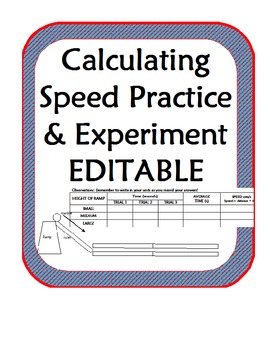
Calculating Speed Experiment & Practice using ramps, marbles- Scientific Method

Concept Comparison: Graphs in Science (Categorical vs Numerical)

"Watts Your Power on the Stairs?" Quick lab calculating work and power
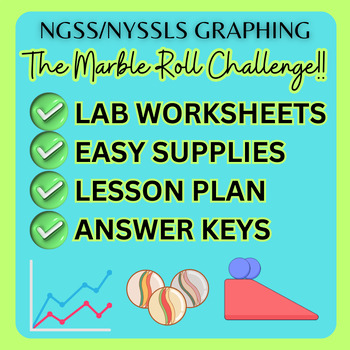
NGSS / NYSSLS Aligned Marble Roll Challenge Graphing Lab with Key / Lesson Plan

Unit Conversion (Unit Factor Method) Challenge Stations
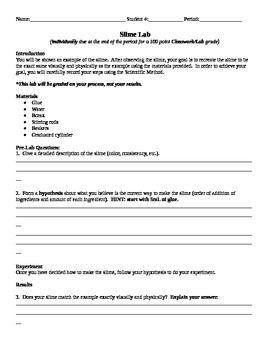
Slime Lab - Scientific Method
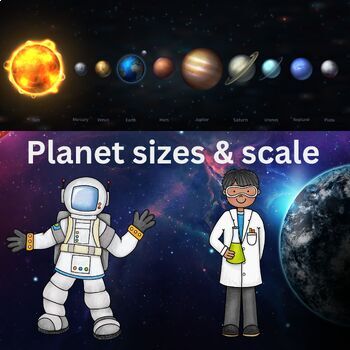
Astronomy Planets Size and Scale 4 Labs Middle School Science
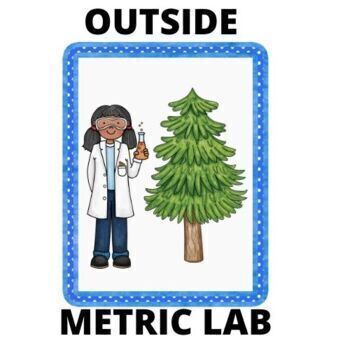
Chemistry End of the year outside measuring lab High School review
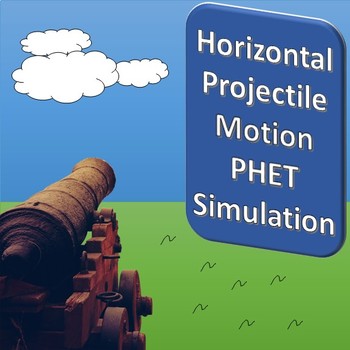
Horizontal Projectile Motion PHET Simulation
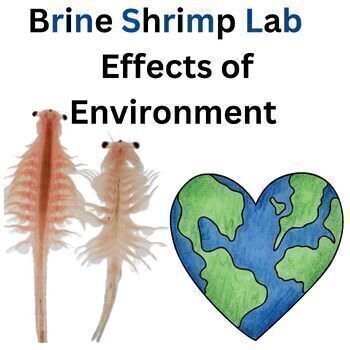
Environment The Effect of Salt on Brine Fish Hatching Inquiry Lab
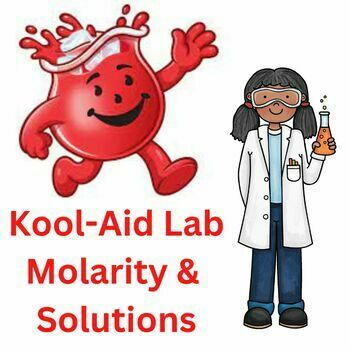
Chemistry Molarity fun lab using Kool aid and word problems High School Science

Airborne Bacteria Lab: Calculate # of Bacteria in Room: NGSS: Distance Learning
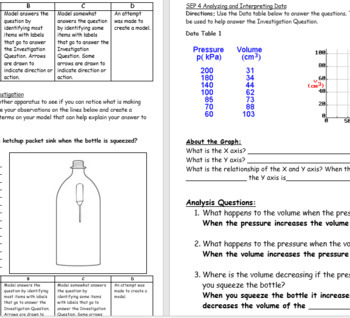
NGSS Introduction to the Science and Engineering Practices
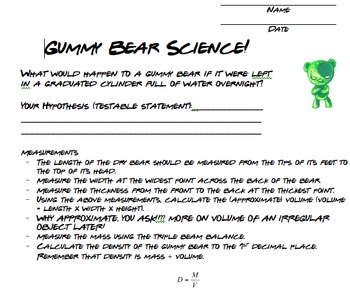
Gummy bear lab/ hypothesis, object volume, graph interpretation lab
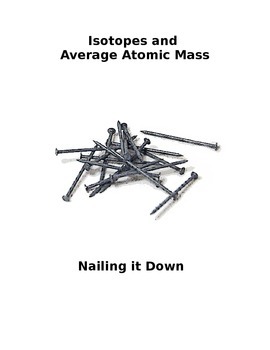
Isotopes and Average Atomic Mass
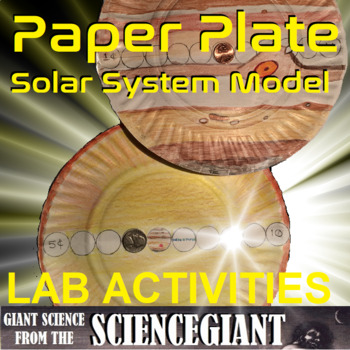
Paper Plate Solar System Scale Model STEAM Activity
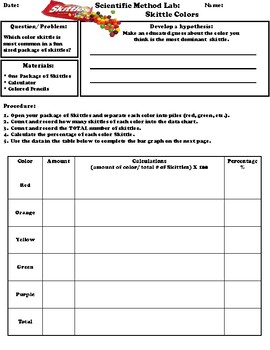
Scientific Method Lab: Skittle Colors (editable and fillable resource)
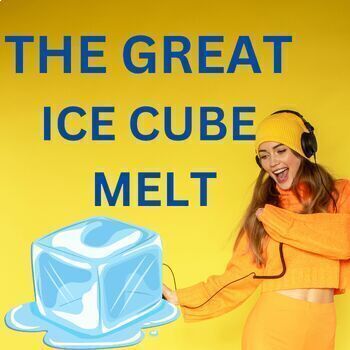
Engineering Chemistry The Great Ice Cube Melt Physical Change Lab
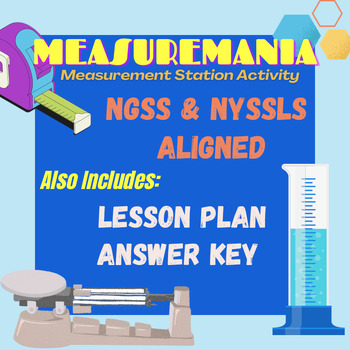
Measuremania! - NGSS & NYSSLS Aligned Stations Activity
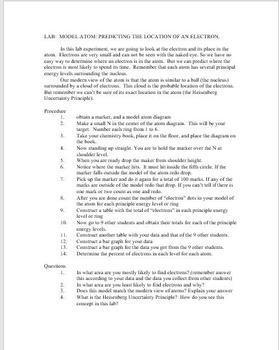
LAB ACTIVITY: ATOMIC STRUCTURE
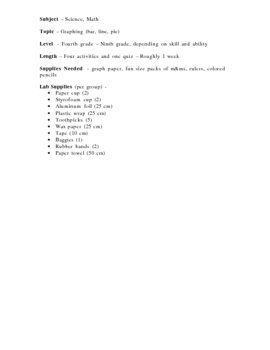
Graphing Unit
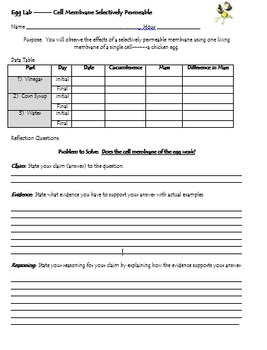
Cell Membrane: Egg Lab
Find Math resources | TPT
Importance of learning math skills
It's no secret that mathematics is one of the foundational subjects that students need to learn. Math forms the basis for so many other subjects — like science, engineering, and technology — and because of that, it's essential that students develop strong math skills starting from a very young age.
Benefits of learning math
Learning math has many benefits. It helps students:
- Begin to develop problem-solving, logical reasoning, and critical-thinking skills
- Grow their understanding of numbers and basic operations
- Understand how math is used in real-life situations
By ensuring that students have a solid foundation, teachers can help set them up for future success.
Discover printable and digital math resources
Math resources are an integral part of effective math education. On TPT, math resources come in various forms: from worksheets and full-year curricula to manipulatives and educational games. They can be used to enhance learning, assess student’s mastery of math concepts, and engage students in meaningful learning. By incorporating math resources from TPT into your teaching toolbox, you can create a rich learning experience that strengthens students’ understanding of math concepts and encourages a positive attitude toward math.
If you’re a teacher or parent looking for printable and digital math worksheets, TPT has an extensive collection of math resources across topics and grade levels. No matter what math topic your students are working on — whether you’re teaching numbers to kindergarteners or algebra to 9th graders — TPT has resources designed to help with any math learning need.
With a little encouragement and plenty of resources, TPT resources can make teaching and learning math so much easier. Plus, you can expand students’ knowledge even further by exploring TPT science resources, which are frequently paired with math lessons.
Frequently asked questions about math resources
What types of math lessons are available on TPT?
There are many different types of math resources sold by Sellers on TPT. Some popular math lessons include geometry, mental math, algebra, fractions, place value, measurement, and decimals.
How do I find math lessons on TPT?
Educators can save time preparing math lessons with resources created by experienced teachers. Simply start a search for math resources on the TPT marketplace, and filter by grade level, price, and/or resource type to find materials that've been proven to work in classrooms like yours. No matter what you’re teaching, there are plenty of math lessons and activities sold by Sellers on TPT that are tailored to meet your students' skill levels.
How do I support students struggling with math?
If your student or child is struggling with a specific math concept, you can provide extra support and resources such as math worksheets. Sometimes, visual aids like charts, graphs, and manipulatives can help children understand abstract concepts better.
How can I make math fun?
Students learn best when they're engaged! Sprinkle a little fun into your math lessons by using educational games, videos, puzzles, and real-life scenarios. If your class seems to find math boring or uninteresting, you can also try connecting lessons to their interests or hobbies. Encourage them to ask questions and explore mathematical concepts in different ways.




